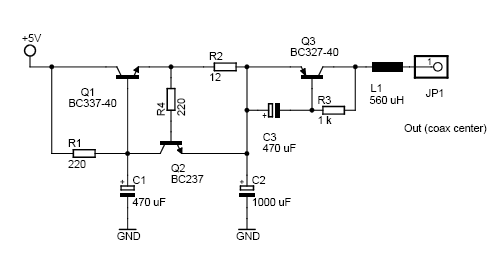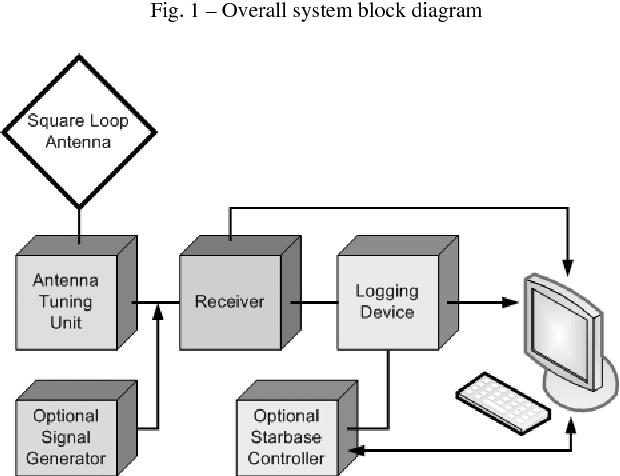


Their operation used external magnetic fields to excite magnetostrictive layers into mechanical vibration. Our research team has previously developed ME heterostructures for passive (battery operated) magnetic sensors/receivers. Although the two phases individually do not have an ME effect, bonded together they have an ME product tensor property. However, two-phase composites consisting of piezoelectric and magnetostrictive materials have been developed, which have very strong ME effects. The ME effect was first found in Cr 2O 3 about 60 years ago, but the ME coupling effects in single-phase materials are very weak. Consequently, ME materials have been investigated for potential applications as magnetic sensors, gyrator power converters, and field tunable communication devices. Application of a magnetic field (H) results in a voltage output, or conversely an applied electric field (E) results in a magnetic flux change. Magnetoelectric (ME) materials have the ability to convert energy between electrical and magnetic forms. Furthermore, the developed prototype showed a 10 4 times higher efficiency over a small-circular loop of the same area, exhibiting its superiority over the class of traditional small antennas. The prototype measurements reveal a magnetic dipole like near field, demonstrating its transmission capabilities. Our hybrid piezoelectric-magnetostrictive transformer can take an input electric voltage that may include modulation-signal over a carrier frequency and transmit via oscillating magnetic field or flux change.

By Maxwell’s equations, a corresponding electric field, is also generated, leading to electromagnetic field propagation. The proposed ME transmitter functions as follows: (a) a piezoelectric layer is first driven by alternating current AC electric voltage at its electromechanical resonance (EMR) frequency, (b) subsequently, this EMR excites the magnetostrictive layers, giving rise to magnetization change, (c) in turn, the magnetization oscillations result in oscillating magnetic fields.
#Gyrator vlf receiver portable#
Magneto-elasto-electric (ME) coupling heterostructures, consisting of piezoelectric layers bonded to magnetostrictive ones, provide for a new class of electromagnetic emitter materials on which a portable (area ~ 16 cm 2) very low frequency (VLF) transmitter technology could be developed.


 0 kommentar(er)
0 kommentar(er)
